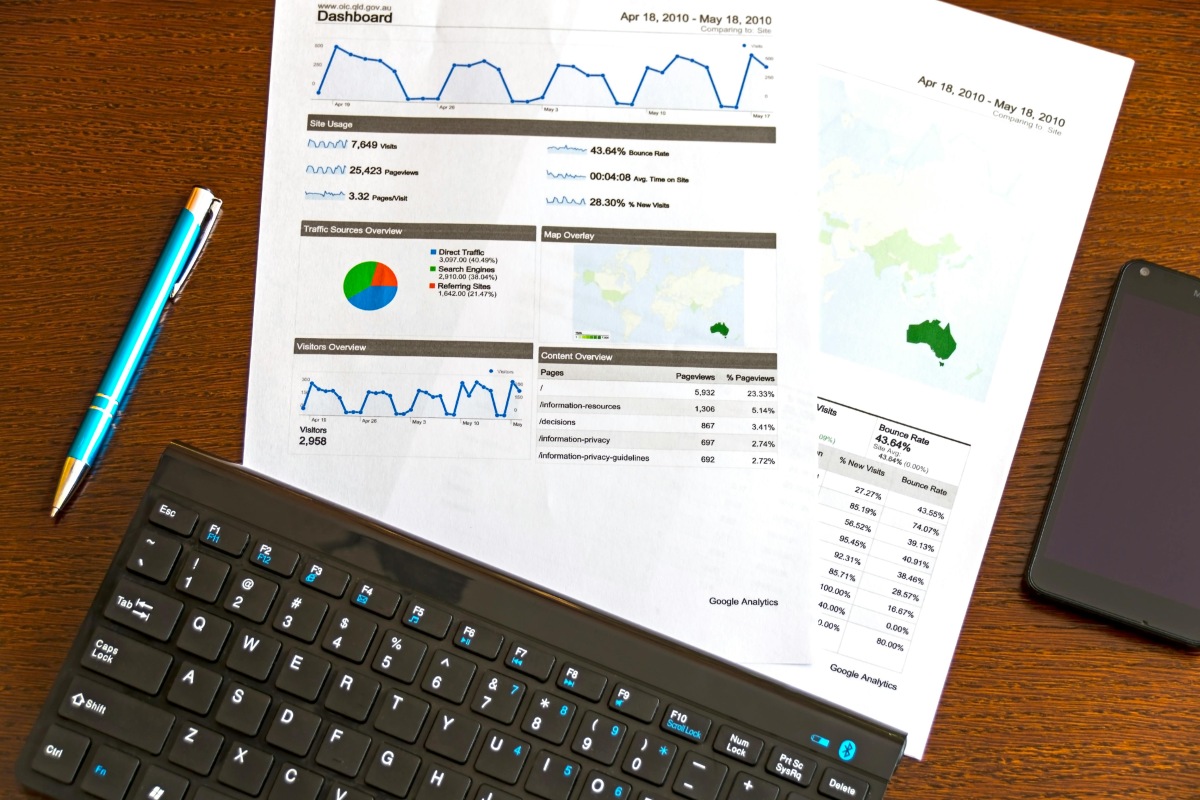
How to Build an Effective B2B Data Analytics Strategy
A well-crafted data analytics strategy is essential for B2B businesses seeking to transform raw data into actionable insights. By focusing on the right metrics, tools, and integration practices, organizations can drive smarter decision-making, improve campaign performance, and achieve long-term growth.
1. Define Your Objectives and Identify Key Metrics
Start by aligning your analytics strategy with your business goals to ensure every data point serves a purpose.
- Clarify Objectives:
- Are you looking to increase lead generation, improve ROI, or optimize customer retention?
- Focus on aligning analytics efforts with these goals.
- Identify Key Metrics:
- Marketing Metrics: Website traffic, conversion rates, cost per lead (CPL).
- Sales Metrics: Sales velocity, win rates, deal size.
- Customer Metrics: Retention rates, Net Promoter Score (NPS).
Tip: Avoid data overload. Prioritize metrics that directly impact your goals and avoid tracking irrelevant data.
2. Choose the Right Tools and Platforms
Select tools that integrate seamlessly into your existing tech stack for a comprehensive view of your data.
- Customer Relationship Management (CRM):
Centralize customer data and track interactions (e.g., Salesforce, HubSpot). - Marketing Automation Platforms:
Analyze campaigns, email performance, and audience behavior (e.g., Marketo, Pardot). - Business Intelligence (BI) Tools:
Visualize complex data through dashboards and reports (e.g., Tableau, Power BI). - Analytics Platforms:
Monitor web traffic and digital campaign performance (e.g., Google Analytics, Adobe Analytics).
Tip: Opt for platforms with scalability to accommodate your business growth.
3. Ensure Data Quality and Integrity
High-quality data is the backbone of accurate analytics. Implement systems to maintain clean, reliable data.
- Data Validation:
Regularly audit your data to remove duplicates, errors, or outdated information. - Standardization:
Use consistent naming conventions and formats to avoid discrepancies. - Real-Time Updates:
Automate data collection for timely insights and ensure accuracy across platforms.
Tip: Implement data governance policies to manage access, maintain security, and uphold compliance.
4. Integrate Analytics Across Systems
Integrating analytics tools with your CRM, marketing automation, and ERP systems creates a holistic view of your business operations.
- CRM Integration:
Combine analytics with CRM platforms to track customer journeys and sales performance. - Marketing Automation Integration:
Align campaign data with customer insights for improved targeting and personalization. - ERP Integration:
Sync financial and operational data with marketing and sales insights for more accurate ROI tracking.
Tip: Use APIs or middleware tools like Zapier to facilitate seamless integrations.
5. Create Actionable Reports and Dashboards
Reports and dashboards should translate data into insights that stakeholders can act upon.
- Customize Reports:
Tailor reports for different audiences: executives, sales teams, or marketers. - Focus on Insights:
Highlight key takeaways, trends, and recommendations rather than overwhelming users with raw data. - Automate Reporting:
Use tools that generate real-time reports, reducing manual effort and improving efficiency.
Tip: Incorporate data visualizations like charts and graphs to make reports more digestible and engaging.
6. Foster a Data-Driven Culture
Encourage collaboration and empower teams to use data in decision-making processes.
- Train Teams:
Provide training sessions on using analytics tools and interpreting data insights. - Collaborate Across Departments:
Ensure alignment between marketing, sales, and operations teams for unified strategies. - Celebrate Successes:
Share wins driven by analytics to reinforce the value of data-driven decision-making.
7. Continuously Optimize Your Strategy
Analytics strategies should evolve alongside your business and industry trends.
- Monitor Metrics:
Regularly review performance to identify areas for improvement. - Experiment:
Use A/B testing to refine campaigns and processes. - Adapt to Trends:
Stay informed about advancements in AI, machine learning, and predictive analytics for continuous innovation.
Tip: Schedule regular reviews of your data strategy to ensure it aligns with changing goals.
Final Thoughts: Data Analytics as a Growth Driver
An effective B2B data analytics strategy is not just about collecting data—it’s about turning insights into action. By aligning objectives, integrating tools, and focusing on data quality, you can unlock your business's full potential and drive meaningful growth.
Partner with OptimaB2B for Data-Driven Success
OptimaB2B specializes in creating tailored data analytics strategies that align with your unique goals. From tools to insights, we ensure measurable impact at every stage.
Ready to transform your data into results? Contact us today and discover how we can help your business thrive.
